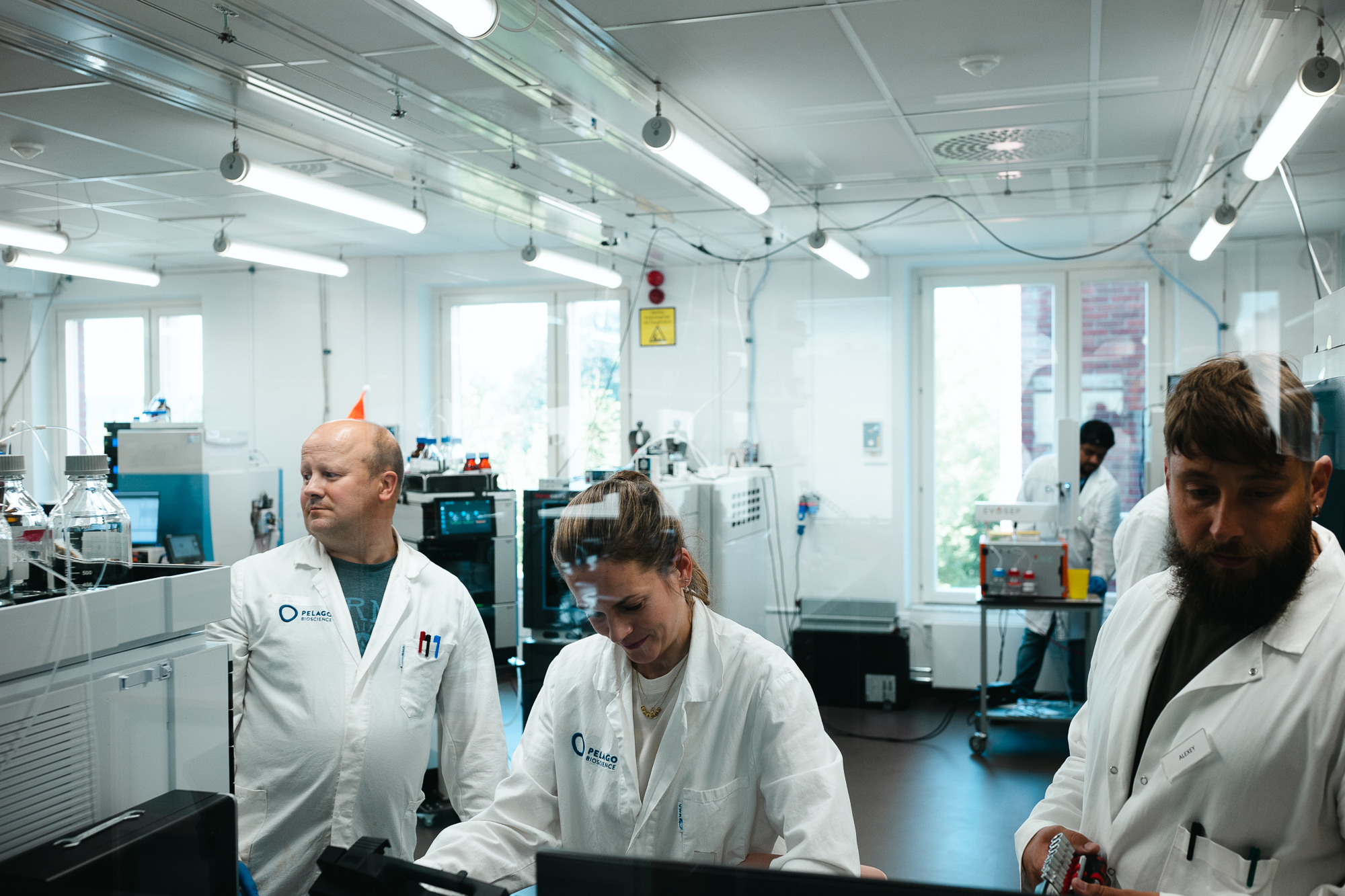Why enhancing confidence in primary screening is critical to translational success—and how emerging methodologies are redefining hit validation
Despite impressive technological advances, drug candidate attrition rates remain stubbornly high—often due to missteps at the very beginning of the discovery pipeline. Primary screening, which aims to identify molecular entities that modulate a biological target, is a vital first step. Yet, too often, biochemical “hits” fail to translate into clinically viable leads.
Many of these early hits are eventually disqualified for off-target activity, lack of cellular efficacy, or poor pharmacokinetics. The result? Wasted resources, delayed timelines, and, ultimately, missed therapeutic opportunities. To reduce this risk, the field is shifting toward more rigorous and physiologically relevant hit validation strategies.
The Screening Paradox: Throughput vs. Translational Fidelity
High-throughput screening (HTS) revolutionized early drug discovery by enabling the rapid evaluation of thousands of compounds. However, most HTS campaigns rely heavily on simplified, reductionist models such as biochemical assays using recombinant proteins. While efficient, these models lack the complexity of living systems and often fail to predict how compounds will behave in a biological context.
This disconnect between in vitro potency and in vivo efficacy is well documented. Hits that appear promising in a test tube may show no activity in cells or animals. Some may bind to unintended targets, introducing confounding results or undesirable side effects. The industry recognizes that scale must be balanced with fidelity—and that more physiologically relevant screening methods are essential to success.
Redefining the High-Confidence Hit
Modern screening strategies demand more than just initial activity against a target. A high-confidence hit should meet several key criteria:
- Demonstrate activity in a physiologically relevant, intact cellular system
- Provide direct, quantitative evidence of intracellular target engagement
- Drive a measurable, biologically meaningful phenotypic response
Without these attributes, a compound is unlikely to transition from bench to bedside. Building these validation layers into primary screening workflows can dramatically improve the quality of leads entering later development stages.
Emerging Approaches to Mitigate Risk
The field is embracing integrative screening methodologies that combine phenotypic readouts with orthogonal validation assays and label-free biophysical tools to address these challenges. These approaches capture cellular complexity and avoid the artifacts often introduced by overexpression systems or reporter constructs.
Incorporating methods that preserve biological context not only reduces the risk of false positives, but also allows for earlier insights into mechanism of action—supporting smarter, faster decision-making in lead selection.
CETSA®: A Quantitative Tool for In-Cell Target Engagement
One of the most impactful technologies in this space is the Cellular Thermal Shift Assay (CETSA®), developed by Pelago Bioscience. CETSA enables direct, label-free quantification of compound–target interactions in living cells by leveraging the thermal stabilization upon ligand binding.
Key benefits of CETSA in primary screening include:
- Physiological relevance – Works in intact cells under native conditions, without overexpression or artificial labels
- Mechanistic validation – Confirms intracellular target engagement at the molecular level
- Scalability – Adaptable to high-throughput formats for screening large compound libraries
- Early differentiation – Supports chemotype prioritization and helps reveal potential mechanisms of action
By integrating CETSA into the earliest screening stages, researchers can triage hits with greater confidence—reducing false positives, uncovering meaningful biology, and increasing the likelihood of downstream success.
Connect with Pelago at AACR 2025
Pelago Bioscience will present new data on CETSA-enabled screening strategies at AACR 2025, showcasing how this technology is reshaping the landscape of early drug discovery. If you’re attending, we’d love to discuss your screening objectives and how CETSA can support more confident, data-driven hit validation.
Schedule a meeting with the Pelago team at AACR 2025
Visit our Scientific Hub for more insights on CETSA applications in drug discovery.






